How to attract bats into your backyard
Find out why inviting bats into your garden could benefit your plants

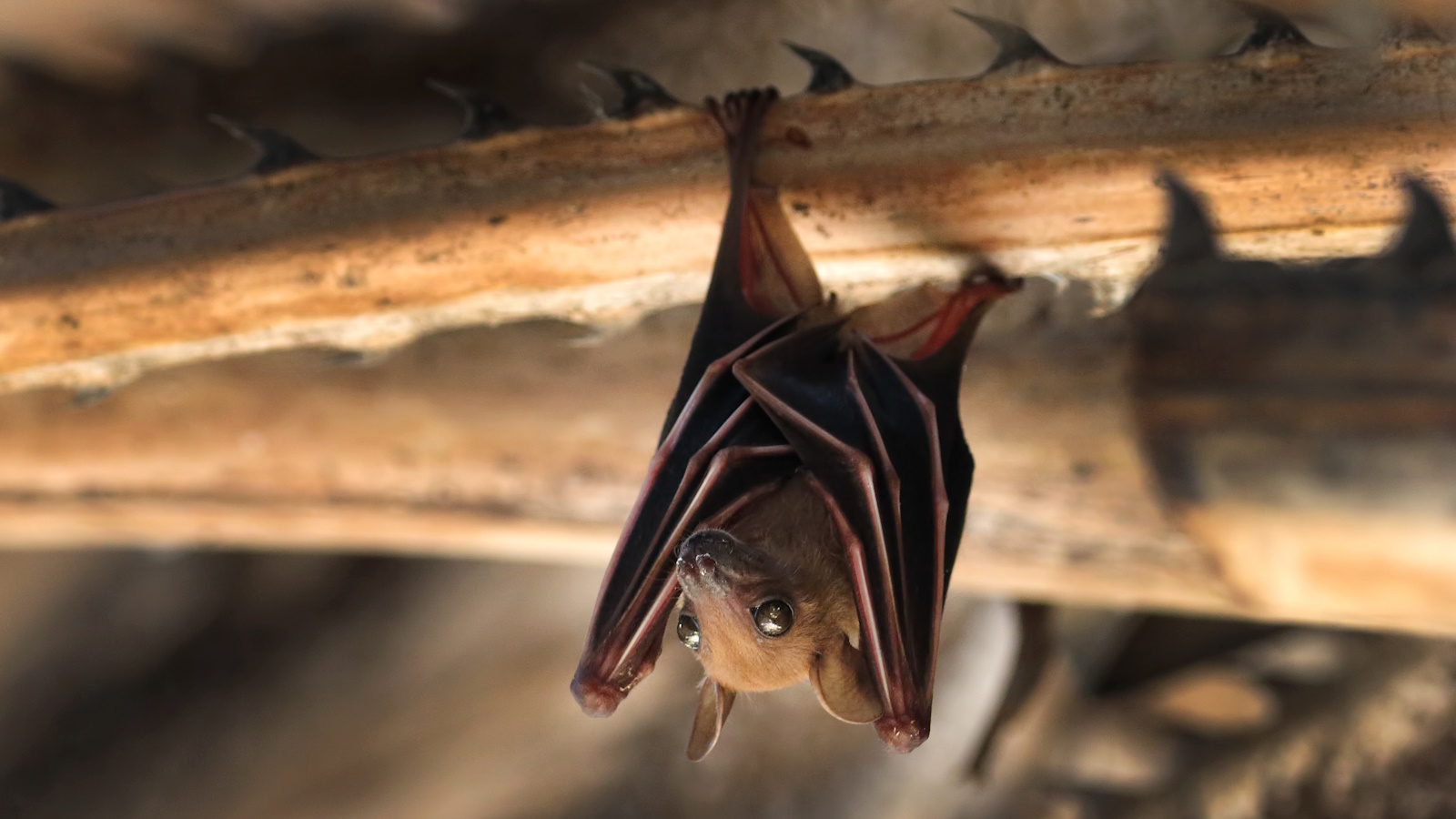
If creating a wildlife garden is one of your gardening goals this year, you might like to understand how to attract bats into your backyard.
Bats are sometimes thought of as an unwanted and unruly pest when it comes to our homes. It is perfectly understandable why you would want to get rid of bats in the house or in the attic, but inviting them into your yard, however, could prove very beneficial.
Bats are normally an indicator of a well-nurtured and healthy environment, so creating a backyard that is compatible for bats can bring massive benefits to your plants and the biodiversity within your outdoor space.
We take a closer look at what these benefits might be, and how to begin enticing these nocturnal creatures into our yards.
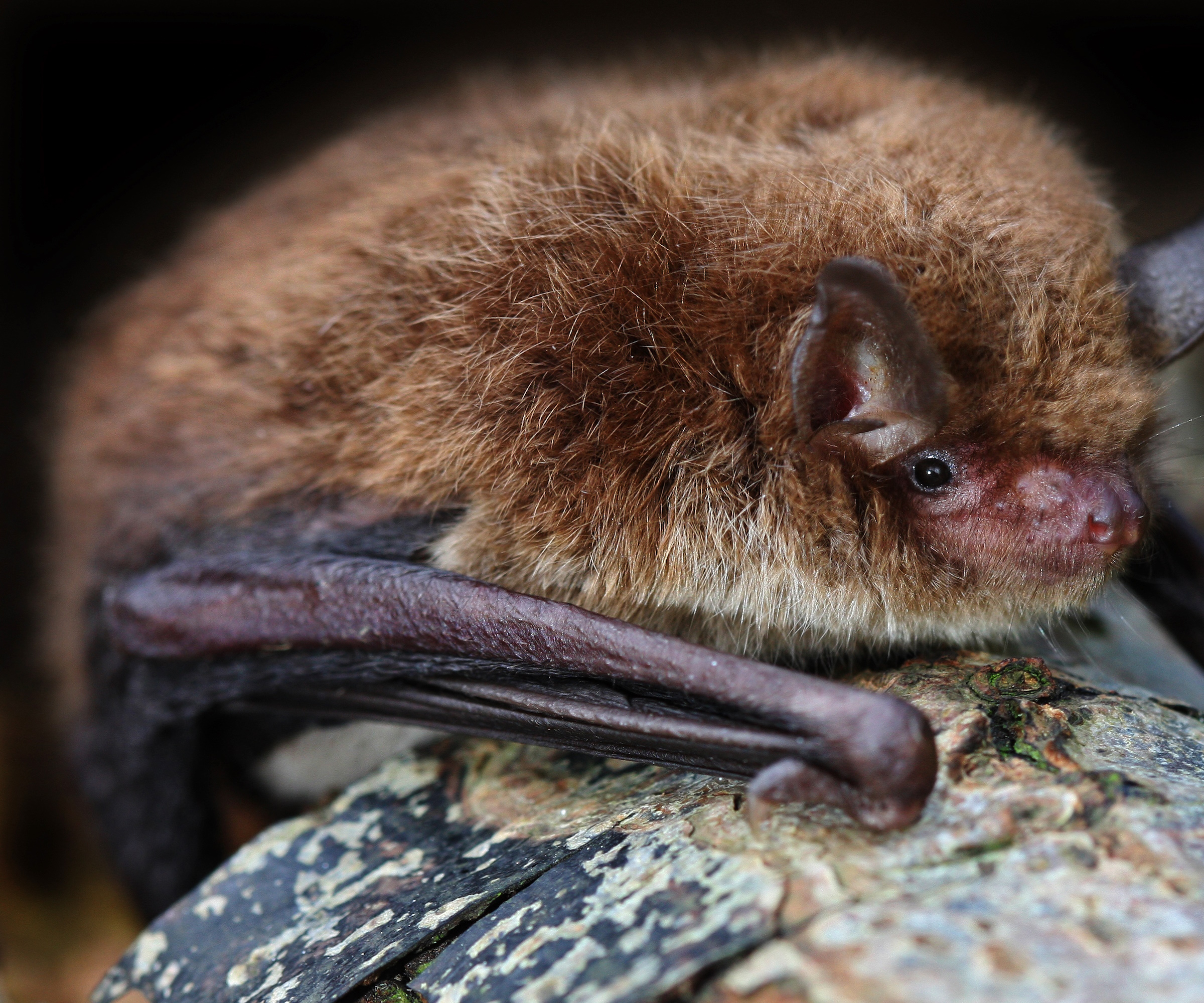
Why we should invite bats into our yards
There are many reasons why we should try and encourage bats to come into our yards. Not everyone is going to be a fan of these creatures, and they are oftentimes feared. However, they are usually docile animals which are not aggressive to humans, and their presence provides a large number of benefits.
Bats pollinate at night, much like butterflies and bees pollinate during the day. They are the only night time animal that aids pollination.
Dr Shannon Browne, wildlife expert and lecturer at Maryland university, says that 'over 500 different species of plants solely rely on bats for pollination', including the agave plant and the banana tree.
Design expertise in your inbox – from inspiring decorating ideas and beautiful celebrity homes to practical gardening advice and shopping round-ups.
Bats will help you manage and control unwanted and disruptive pests in your yard, as their main diet includes gnats, mosquitoes and flying insects. Having bats present means that these pests will be less likely to harm your plants, and you can cut down on the use of chemicals or pesticides you might otherwise use to get rid of pests.
Bats also naturally produce amazing fertilizer that significantly helps your soil health and plant growth. Known as guano - 'bat excrement has high levels of nitrogen, phosphorus and potassium', says Lindsey Hyland, the founder of Urban Organic Yield. These three ingredients promote vibrant colors in plants, root growth and healthy stems.
And if that is not enough to hand bats the formal invitation to your backyard, their natural habitats are becoming more and more scarce, which means our yards can play a vital role in providing safe havens for them and boosting their declining population.

Dr Shannon Browne is a wildlife expert and lecturer at the University of Maryland.
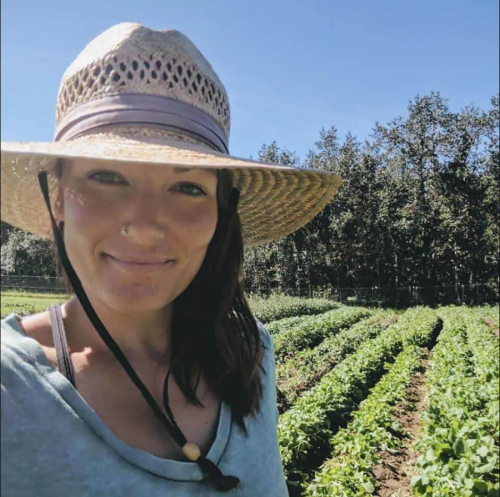
From outdoor food gardens to container planting, to aquaculture and hydroponics, Lindsey is an expert in a range of topics and is passionate about teaching you the basics in gardening.
How to attract bats into your backyard
There are lots of simple ways you can make your outside space more attractive for these night loving creatures.
Make sure there is enough shelter
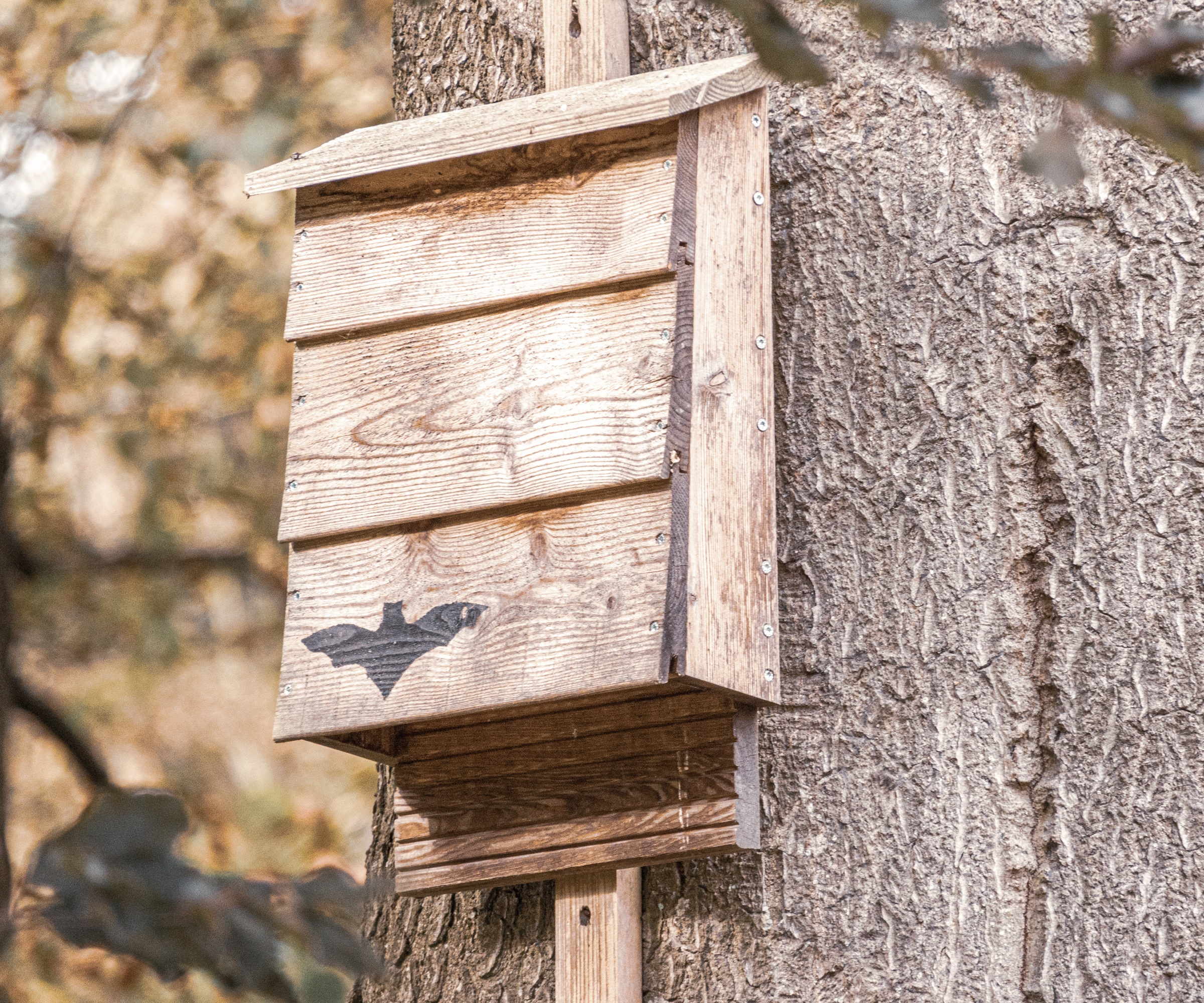
Making sure that there is adequate shelter is an imperative step when you are trying to entice bats into your yard.
As bats are predominantly nocturnal animals, they usually spend their days sheltering in areas where they are less likely to be seen and exposed to the elements.
Creating sufficient shelter using trees and tall shrubs will increase the chances of bats wanting to settle down and create a home.
Another good way to attract bats into your backyard is to put up a bat house, such as this double chamber wooden bat home from Amazon. These are dark protected areas that will allow bats to feel safe in your space.
Add some night flowering plants to your beds
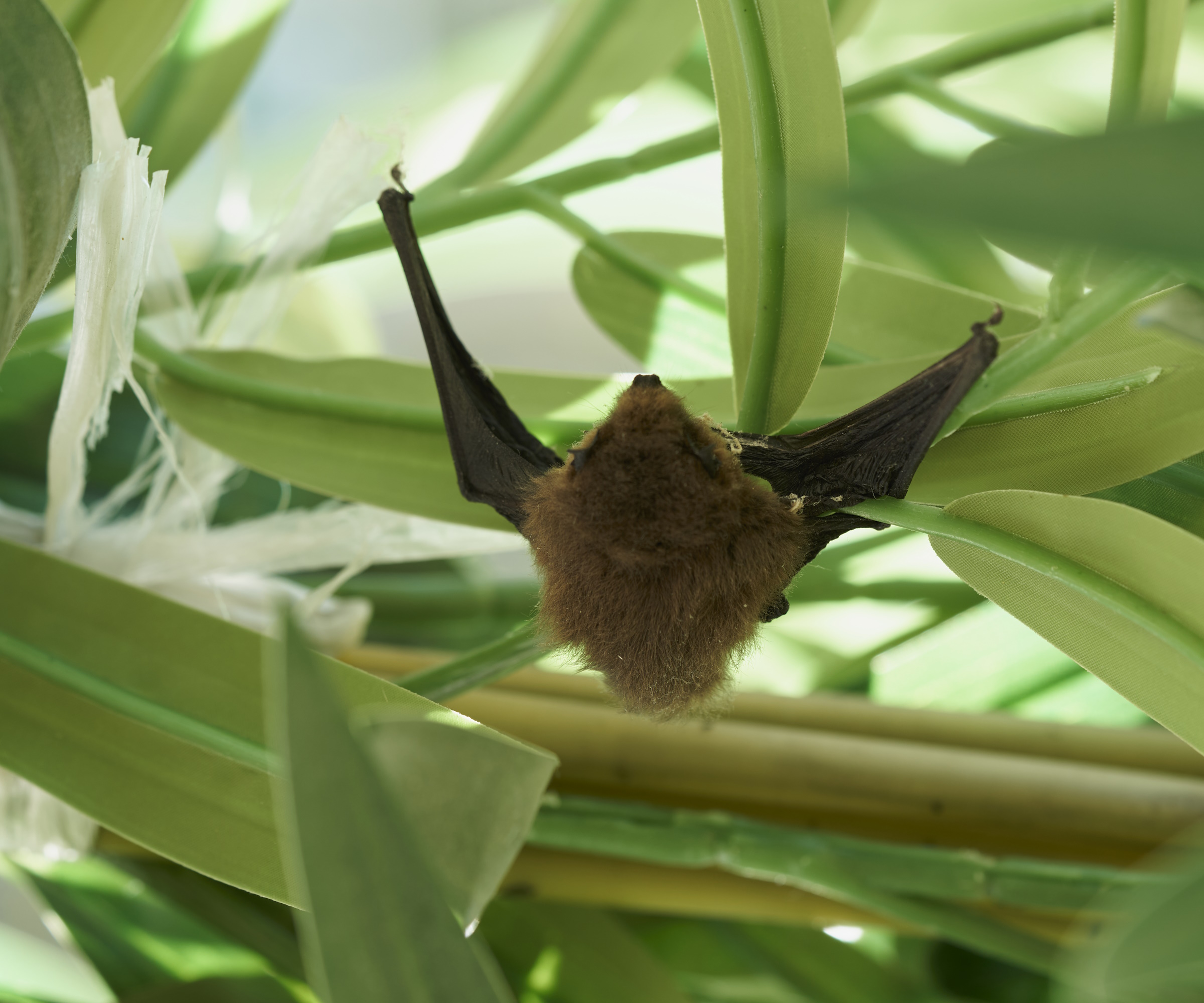
A bat's main source of food is insects, therefore it is essential that you include insect-attracting flowers and plants in your backyard. These are usually scented, and will have an alluring effect on bats.
There are a plethora of plants and flowers you could choose from. Some examples include evening primrose, white jasmine and sweet rocket. By planting these in raised beds it will help to distribute the smell around your yard and create an inviting area for prospective bats.
Provide a source of water
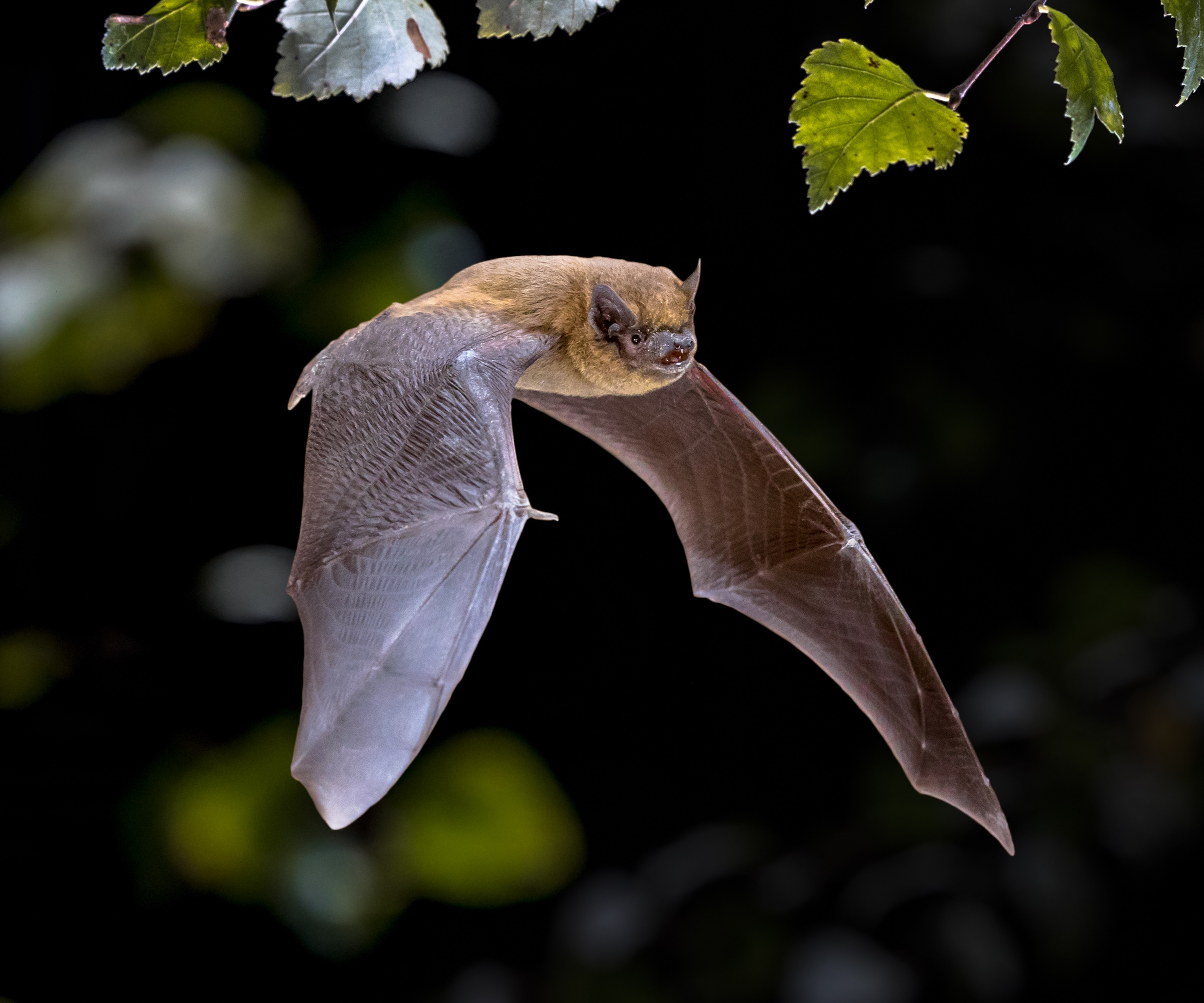
It is often not easy for bats to find natural water sources, especially in dry, arid climates. This is why these animals are likely to be attracted to areas that have a water source available.
The best way to provide this is in the form of a pond or small water feature such as this aquatic pond and waterfall kit available on Amazon. The sound of the running water will also attract the bats from far away as they have remarkably acute hearing.
Remove artificial lighting from your yard

A really effective change you can make if you want to attract bats into your yard is to remove any harsh or artificial lighting.
As bats are nocturnal animals, they depend on darkness and tranquility to promote survival and safety. They are unlikely to stay anywhere long term if there are too many bright lights in the space.
FAQs
What smells are bats attracted to?
Bats have a very strong sense of smell and they can smell from a long distance away. They are attracted to many botanical scents, including lavender, mint and thyme.
If they find an area that caters for their needs effectively, bats will usually return to the same area every night. If you're looking for more ideas for attracting birds and other animals to your yard, you might be interested in planting one of the best hedges for wildlife.

Seraphina is a contributing editor at Homes & Gardens, writing Solved features on organizing and storage. She loves to decorate and also grow her own produce from her home in London. Her previous experience includes working at Women's Health and Fabulous Magazine.